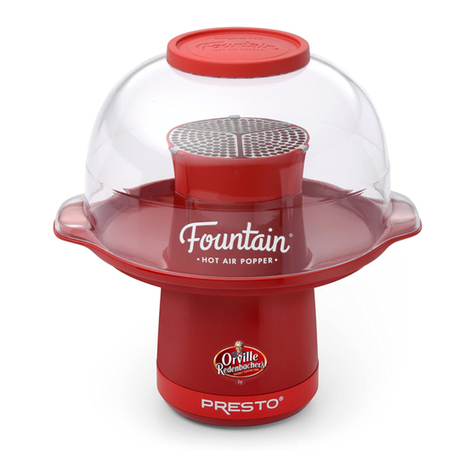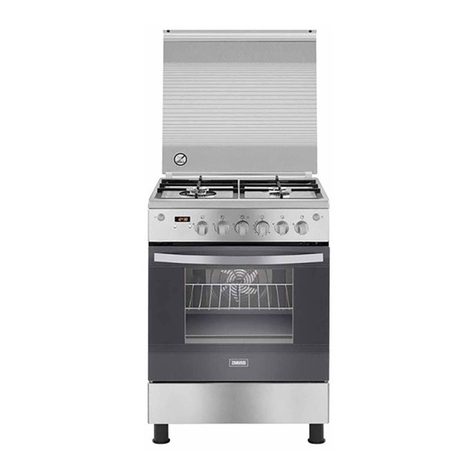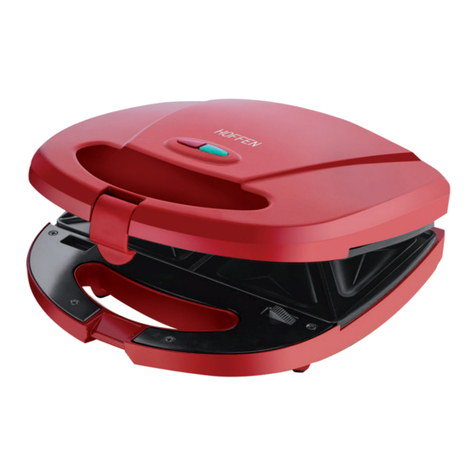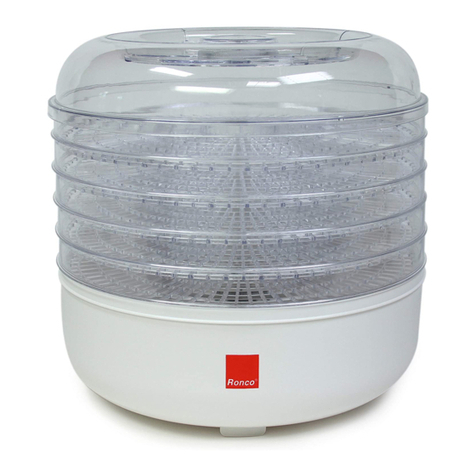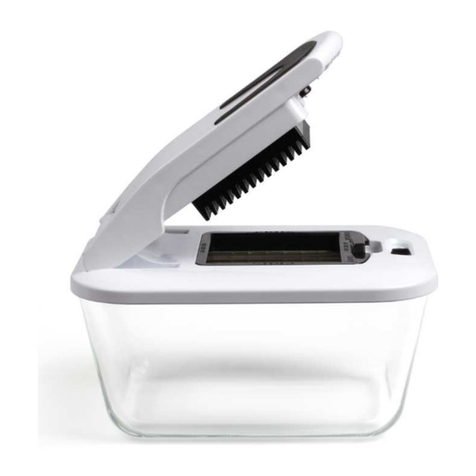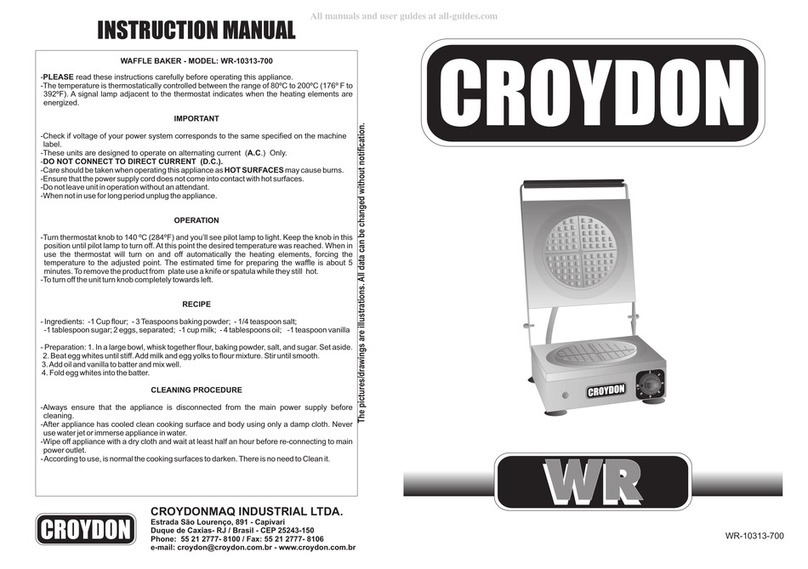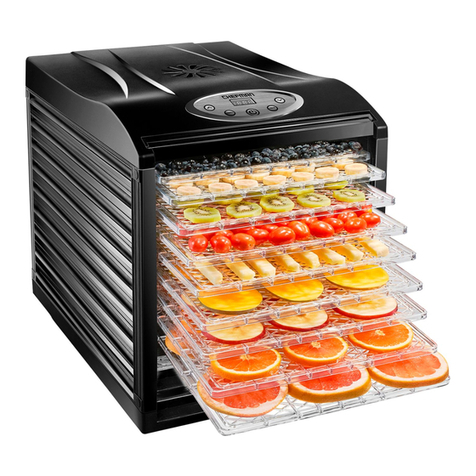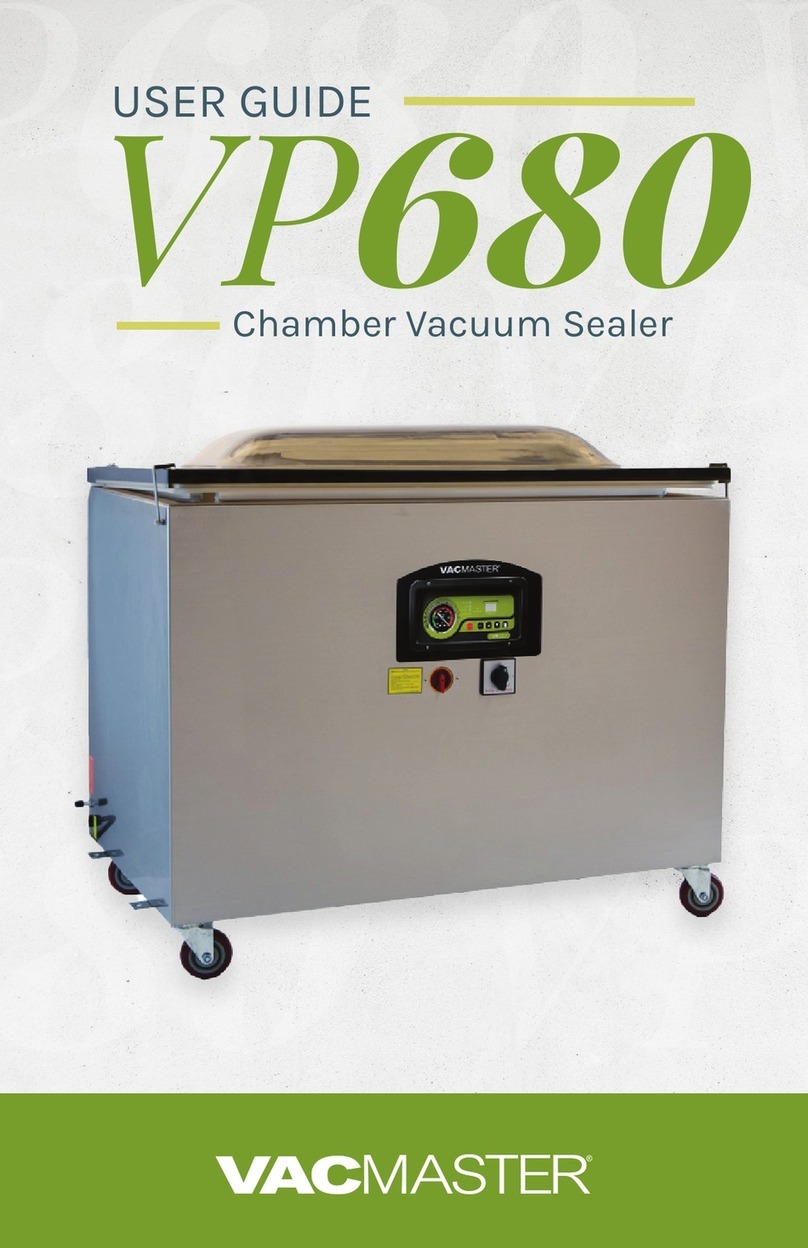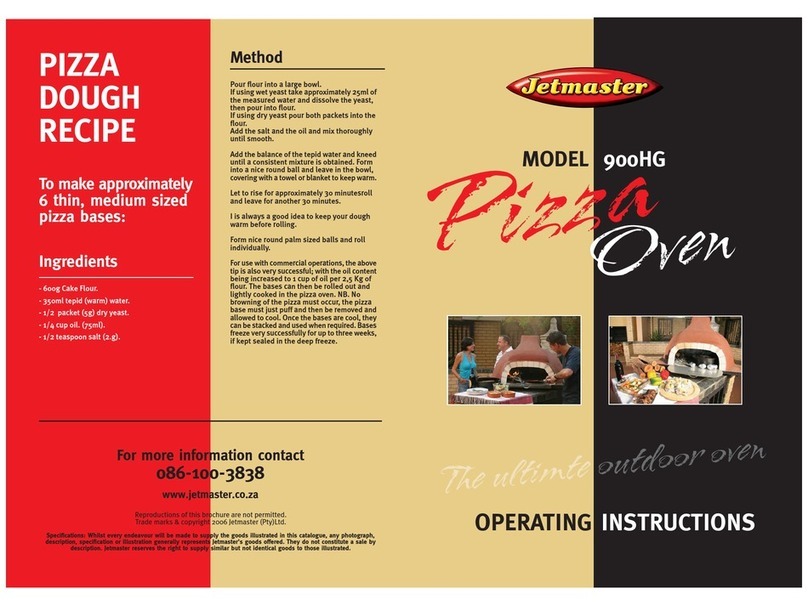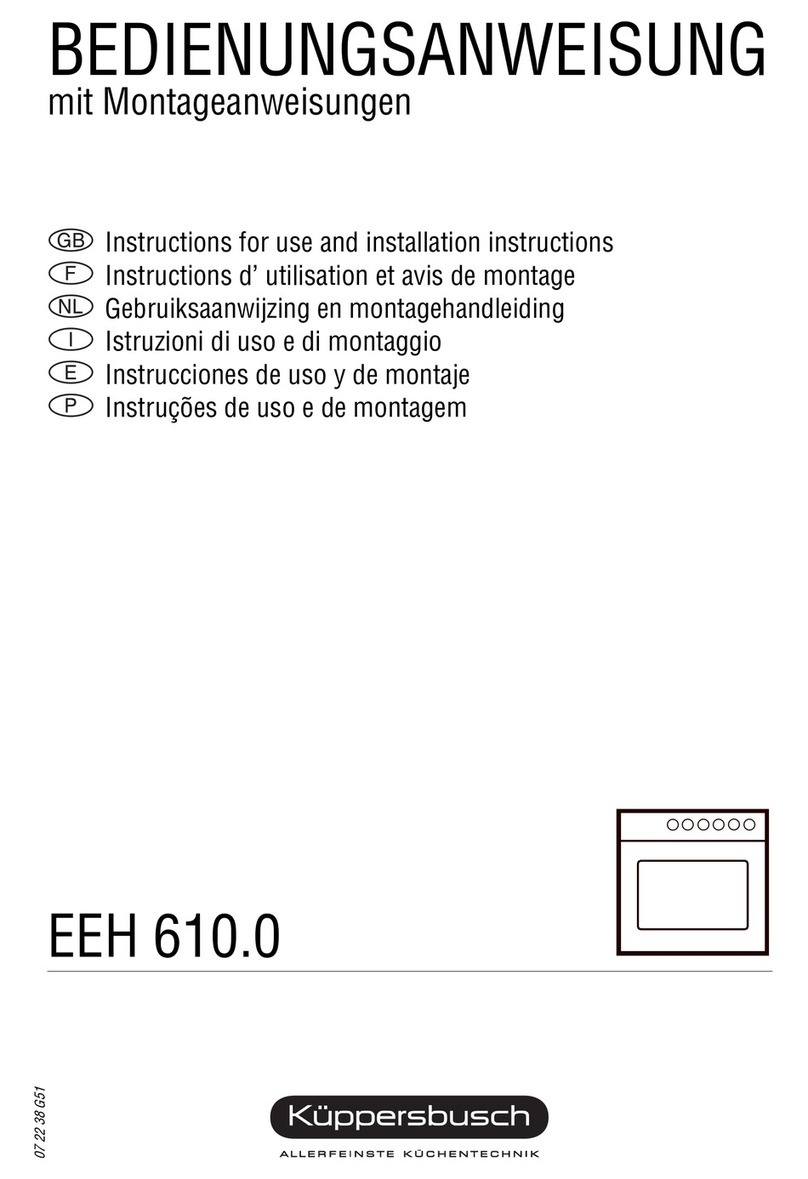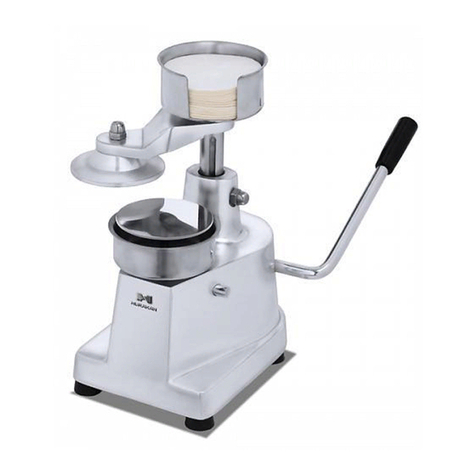
TABLE OF CONTENTS
1. SAFETY ................................................................................................................... 1
1.1 SAFETY RECOMMENDATIONS ............................................................................... 1
1.2 PERSONALSAFETY .................................................................................................... 2
1.3 FOOD SAFETY ............................................................................................................ 3
2. INSTALLATION..................................................................................................... 4
2.1 UNPACKING .................................................................................................................. 4
2.2 MOVINGTHE MACHINE ........................................................................................... 4
2.3 MACHINE
SPECIFICATI
ONS ..................................................................................... 5
2.4 ENVIRONMENT REQUIREMENTS .......................................................................... 5
2.5 CHECK OIL LEVEL ..................................................................................................... 6
2.6 POWER CONNECTION ............................................................................................... 6
2.7 VACUUM PUMPROTATION ...................................................................................... 6
3. OPERATION........................................................................................................... 7
3.1 VACUUM SETTING GUIDELINES ............................................................................ 7
3.2 BASIC OPERATING INSTRUCTIONS ...................................................................... 7
3.3 OPTIONALDEVICE ..................................................................................................... 7
3.3.1 GAS FLUSHING UNIT ....................................................................................... 7
3.4 OPERATION OF THE PNC-01 DIGITALCONTROLPANEL ............................... 8
3.4.1 STANDARD MACHINE – BASIC INSTRUCTIONS ..................................... 8-9
3.4.2 SETTINGTHE PARAMETERS FOR THE OPTIONAL SETTINGS............ 10-12
4. MAINTENANCE .................................................................................................... 13
4.1 BASIC MAINTENANCE ............................................................................................. 13
4.1.1 DAILYVISUAL INSPECTION ......................................................................... 13
4.1.2 DAILY CLEANING ............................................................................................. 14
4.2 VACUUM PUMPMAINTENANCE ............................................................................. 14
4.3 SEALBAR MAINTENANCE ....................................................................................... 14
4.4 VACUUM VALVE MAINTENANCE ......................................................................... 17
5. TROUBLESHOOTING ........................................................................................ 18
5.1 OPTIONAL DEVICE ..................................................................................................... 18
5.2 25 PIN D TYPE TERMINALWIRING CONNECTION INSTRUCTIONS ............ 19
5.3 PNEUMATIC DIAGRAM ............................................................................................. 20
5.4 ELECTRICALDIAGRAM ........................................................................................... 21
6. FABRICATION ..................................................................................................... 22
6.1 BODY DIAGRAM ........................................................................................................ 23-24
6.2 WORKING BED ............................................................................................................. 25
6.2.1 WORKING BED(LR) .......................................................................................... 25-28
6.2.2 WORKING BED(FB) .......................................................................................... 29-32
6.3 LID DIAGRAM ............................................................................................................... 33
6.3.1 LID DIAGRAM(LR) ........................................................................................... 33-34
6.3.2 LID DIAGRAM(FB) ............................................................................................ 35-36
6.4 SEALING BAR-STANDARD DIAGRAM ................................................................... 37-40
6.5 ELECTRICAL BOX ....................................................................................................... 41




